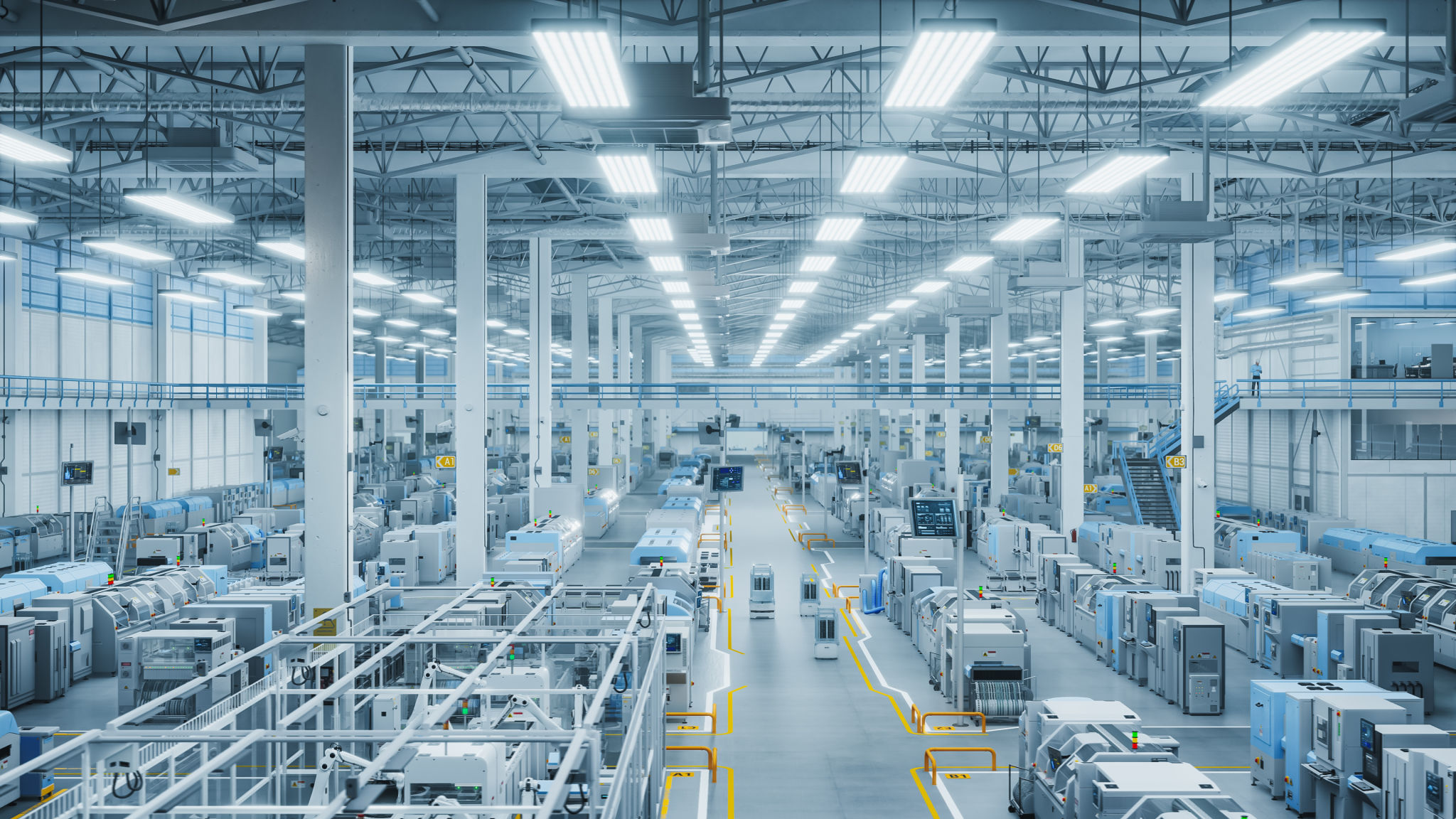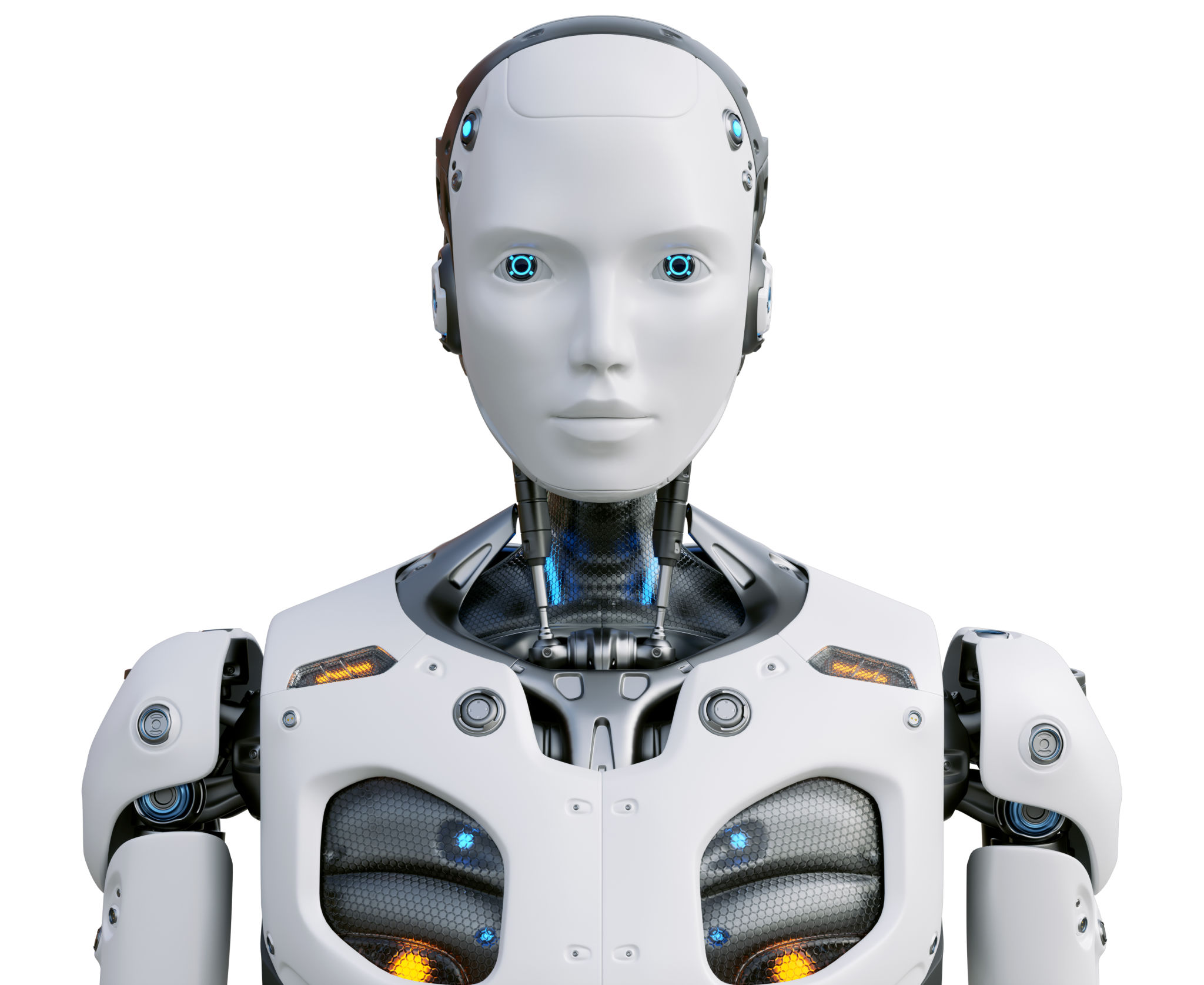The Role of Robotics in Enhancing Industrial Workplace Safety
The Evolution of Robotics in Industry
In recent decades, the integration of robotics in industrial settings has dramatically transformed how businesses operate. From assembly lines to warehouse management, robots have become a staple in enhancing efficiency and productivity. However, one of the most significant yet often overlooked contributions of robotics is its role in improving workplace safety.
Historically, manufacturing and industrial environments have posed various risks to workers. Heavy machinery, hazardous materials, and repetitive tasks contributed to a high incidence of workplace injuries. With the advent of robotics, industries have witnessed a reduction in these risks, leading to safer work environments.

Reducing Human Error and Fatigue
One of the primary ways robotics enhances safety is by minimizing human error. Robots, unlike humans, do not get tired or distracted. They can perform repetitive tasks with precision and consistency, reducing the likelihood of accidents caused by fatigue or human oversight. This shift not only improves safety but also boosts productivity by maintaining a consistent workflow.
Moreover, robots can operate in hazardous environments where it would be unsafe for humans. For instance, in chemical plants or areas with extreme temperatures, robots can perform tasks that would otherwise endanger human workers. This capability ensures personnel can focus on supervision and management roles rather than direct exposure to risks.

Enhancing Employee Well-being
Beyond reducing physical dangers, robotics also contributes to improving the overall well-being of employees. By taking over strenuous and monotonous tasks, robots allow workers to engage in more intellectually stimulating and less physically demanding activities. This shift not only reduces the risk of musculoskeletal disorders but also enhances job satisfaction and mental health.
Furthermore, the presence of robotics in industrial settings encourages continuous learning and skill development among workers. Employees are now required to adapt to and manage advanced technologies, fostering a culture of innovation and growth.
Advanced Safety Features in Robotics
Modern industrial robots come equipped with advanced safety features that further enhance workplace security. These include:
- Collision Detection Systems: These systems allow robots to detect obstacles and halt operations to prevent accidents.
- Emergency Stop Functions: In critical situations, these functions allow for immediate cessation of robot operations.
- Sensors and Cameras: These tools provide real-time monitoring and feedback, ensuring safe interactions between humans and machines.

The Future of Robotics in Industry
As technology continues to advance, the role of robotics in enhancing industrial workplace safety will only grow more significant. Innovations such as artificial intelligence and machine learning are expected to further improve the capabilities of robots, allowing them to perform even more complex tasks with greater autonomy and precision.
The integration of collaborative robots, or cobots, is another promising development. These robots are designed to work alongside human workers safely, sharing tasks and enhancing teamwork between man and machine. As these technologies evolve, industries will likely see even greater improvements in safety standards.
Conclusion
The adoption of robotics in industrial settings represents a crucial step towards ensuring safer workplaces. By reducing human error, enhancing employee well-being, and incorporating advanced safety features, robots are reshaping the landscape of industrial safety. As we look to the future, the continued advancement and integration of robotics promise a safer and more efficient industrial environment for all.